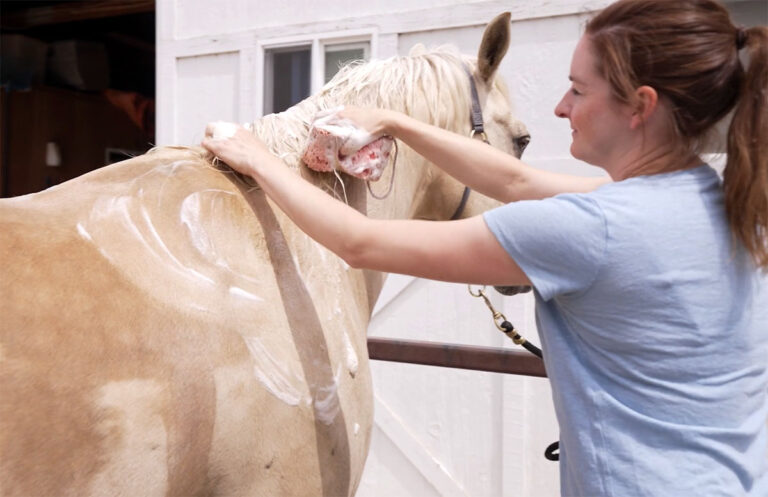Understanding how much a saddle weighs is crucial for both riders and horses alike. Many horse enthusiasts may ask, ‘How much does a saddle weigh?’ when trying to decide which one to purchase for their needs. Saddles are available in various types, each designed specifically for different riding activities. This article will guide you through all aspects of saddle weights and how it affects both the rider and the horse, along with tips on making informed decisions regarding saddle selection and usage.

Understanding Different Saddle Types and Their Weights
Saddle weights vary depending on their purpose and material composition. Generally, they can range from as little as 10 pounds to as much as 60 pounds. Recognizing the kind of saddle that suits your riding style is essential to ensure comfort and compatibility for you and your horse.
1. English Saddles
English saddles are typically lighter compared to Western saddles. They usually weigh between 10 to 25 pounds. Their lightweight nature makes them ideal for disciplines such as dressage, jumping, and eventing.
2. Western Saddles
Western saddles, known for their durability and intricate designs, usually weigh between 25 to 60 pounds. These are designed for activities like trail riding and cattle work where more support is needed.
3. Synthetic Saddles
Synthetic materials have revolutionized saddle manufacturing. Synthetic saddles often weigh less than leather ones, ranging from 10 to 20 pounds, offering riders a lightweight yet sturdy alternative.
Factors Affecting Saddle Weight
Several factors determine why one saddle might weigh more than another. Here’s what you need to consider:
Materials Used
The primary factor affecting a saddle’s weight is its material. Leather saddles are generally heavier compared to their synthetic counterparts. However, leather often offers more durability and a traditional aesthetic appeal.
Saddle Components
Components such as the tree, seat, and stirrups contribute to the overall weight. The tree, which is the frame of the saddle, can be made from wood, metal, or synthetic materials. Stirrups constructed from metal add more weight compared to those made from lighter materials.
Purpose of the Saddle
The intended use influences the design and weight of the saddle. A racing saddle is designed to be lighter for speed, whereas a working saddle is sturdier for durability and support.
Choosing the Right Saddle
Choosing the correct saddle involves balancing weight with comfort and functionality. A heavier saddle does not necessarily mean better quality.
For the Rider
A lightweight saddle is often easier for riders, especially beginners, to handle and carry around. It facilitates ease in mounting and dismounting the horse.
For the Horse
It’s crucial to ensure that the saddle weight is suitable for the horse. An improperly weighted saddle can lead to discomfort and even injury. Always consider the horse’s size, strength, and the type of activities they will be undertaking.
Caring for Your Saddle
Proper maintenance can influence how long a saddle lasts and how well it performs. Regular cleaning and appropriate storage can prevent unnecessary weight from dirt and moisture accumulation.
For maintenance tips, visit Riding Gear Storage.
FAQs
What is the average weight of a saddle?
The average weight of a saddle ranges from 10 to 60 pounds, depending on the type and materials used.
Do heavier saddles offer more comfort?
Not necessarily; comfort is more about the fit and suitability for the rider and horse rather than weight.
Can the weight of a saddle affect performance?
Yes, the weight can impact a horse’s agility and speed, making it essential to choose a saddle that complements the activity it’s being used for.
For more on this topic, check out Horse Bonding Exercises for additional insights on improving horse-rider dynamics.

The Takeaway
Understanding how much a saddle weighs and considering its impact on your riding experience is essential for any equestrian. Take into account the type of saddle, its materials, and the specific needs of both the rider and the horse. By making informed choices, you can ensure better comfort and performance on your horseback riding journeys.
To look after your riding needs and stay safe, consider reading more about the top Riding Gear Items that every equestrian should know about.








